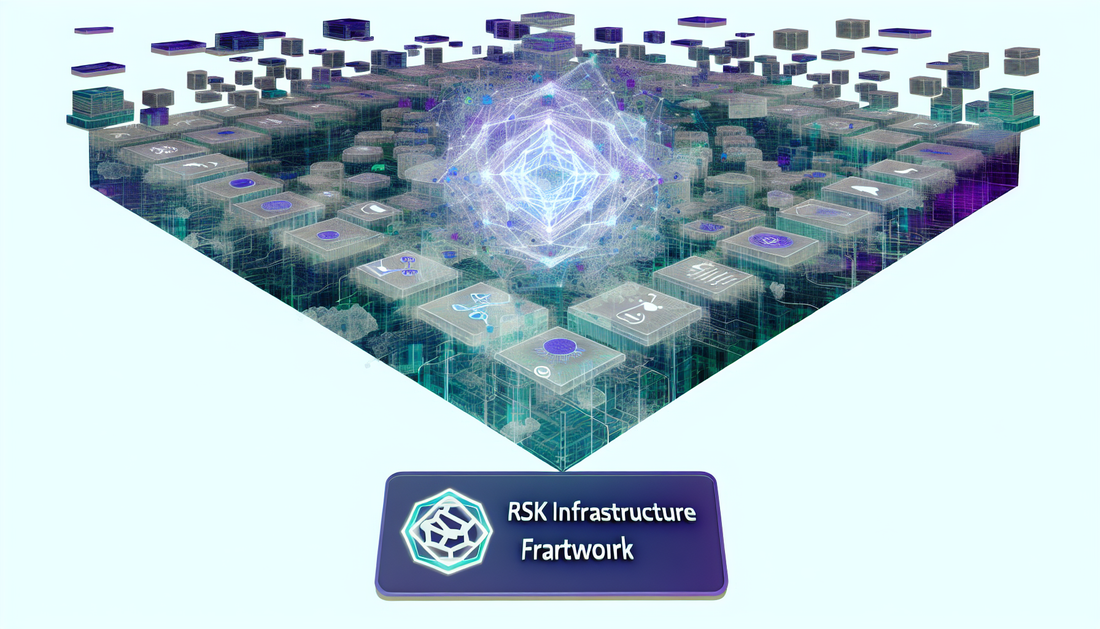
Unlocking RIF Tokenomics for Decentralized Innovation
Share
Understanding RIF Tokenomics: The Backbone of RSK Infrastructure Framework
The RSK Infrastructure Framework (RIF) is a suite of open and decentralized infrastructure protocols that Enable the development of scalable and decentralized applications (dApps) on the Bitcoin network. At the heart of this system lies the RIF token, an essential component in the framework's ecosystem. This article dives into the tokenomics behind RIF to understand its utility and impact in the blockchain ecosystem.
RIF Token Utility
The RIF token is integral to facilitating transactions within the RSK ecosystem. Its primary function is to serve as a medium of exchange for accessing services like storage, payments, and domain names in the RIF ecosystem. By ensuring interoperability and easing friction among different blockchain platforms, the RIF token enables developers to create robust decentralized applications that are faster and cheaper.
Token Distribution and Supply
Like any cryptocurrency, proper distribution and supply management are crucial for RIF’s success. The total supply of RIF tokens is capped, ensuring scarcity and preventing inflation within the network. The allocation of tokens was strategically designed to support the long-term vision of the RSK platform. A significant portion was distributed during the initial coin offering (ICO), while the rest is allocated to partners, developers, and a reserve meant for future growth and development incentives.
Incentivizing Decentralized Development
Through RIF tokens, developers are encouraged to build and enhance dApps on the RSK network. The tokenomics structure incentivizes both the use and improvement of the network's capabilities by rewarding contributions with RIF tokens. This model not only promotes innovation but also helps in maintaining a decentralized model where power isn't concentrated but distributed among its users.
Challenges and Future Prospects
The RIF tokenomics model faces certain challenges, typical of any decentralized ecosystem. These include governance issues, competition from other blockchain platforms, and regulatory considerations. Ensuring the balance of power among stakeholders and consistently updating the architecture to stay competitive are critical for RIF’s continued success.
Conclusion
Although the RIF tokenomics system has been designed to foster a thriving ecosystem, it must navigate the complex landscape of decentralized finance and blockchain innovation. Its focus on creating an interoperable and efficient environment for dApp development may position it as a significant player in the blockchain sector. Understanding these dynamics is crucial for potential investors and developers looking to engage with the RSK Infrastructure Framework.
For further insights into blockchain and tokenomics, consider exploring Unlocking XDC Network: A Deep Dive and Decoding MKR: The Backbone of MakerDAO at BestDapps.
